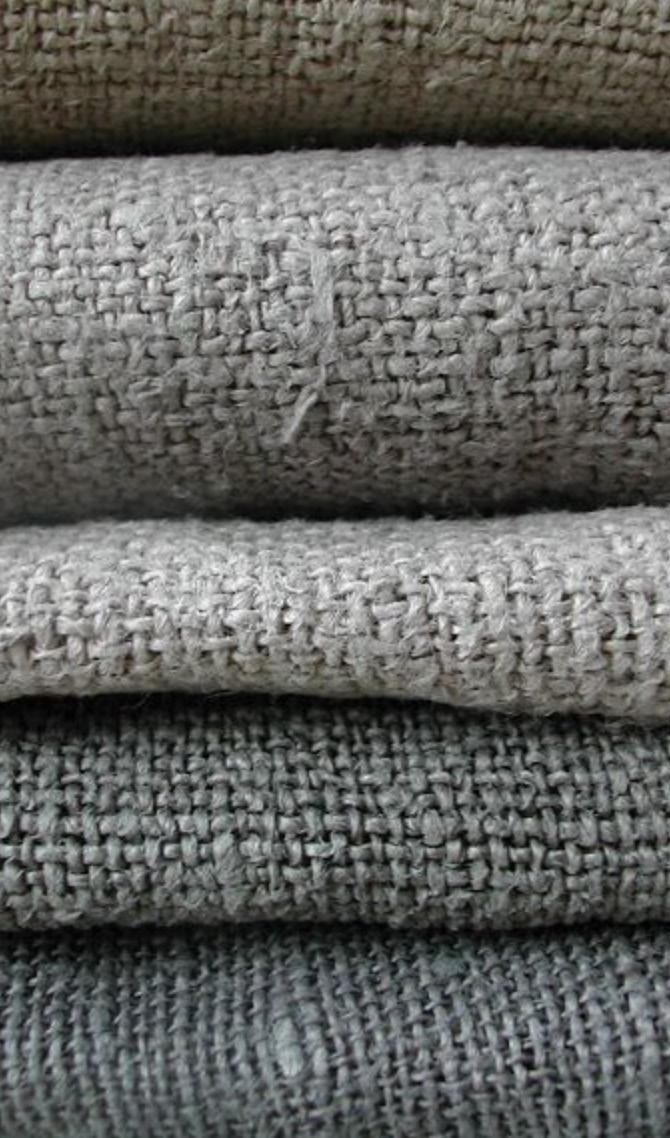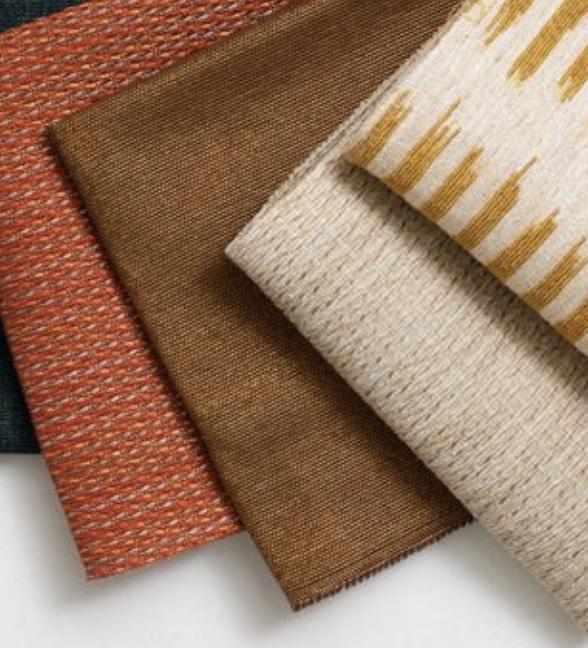
2 minute read
Fabric details
Organic Cotton
Traditional cotton uses an average of 5,000 litres of water per garment produced, 11% of all world pesticides are used on cotton and high areas of land in specific climates are needed for successful growth (Green Fibres, 2018). These staggering figures and statistics have sparked the need for an alternative to make an attempt at replacing conventional cotton. Organic cotton is not yet considered a viable replacement for traditional cotton on a global scale. However, only genetically unmodified seeds are utilised, no herbicides or pesticides are set in place and ethical labour standards are implemented (Moore, 2017). Figure 37 Hemp Hemp is considered a very environmentally friendly crop, originating from the same species as marijuana but doesn’t contain the associated high levels of THC. Due to these associations, in the 1930s the fibre was disregarded (Green choices, 2016). Recently this fabric has been recognised as being one of the leading ecological materials. Hemp grows in a variety of climates and soils, has a faster growing rate and is naturally resistant to most pesticides (Fox, 2014). Hemp can be mixed with other fabrics such as silk, organic cotton and wool to produce a fabric comparable to linen, fleece and denim (The Hemp Shop, 2018). Figure 38
Advertisement
Bamboo Bamboo is the most recently hyped about sustainable fibre, described as being ‘hypo-allergic, absorbent, fast-drying and naturally anti-bacterial’ (Green choices, 2016). As well as having all the aforementioned properties, bamboo grows at a favourable pace, replants itself naturally and can promote repair in eroded

soil (Carter, 2008). Figure 39

Linen
Linen is also an environmentally friendly fabric, plant-based and produce out of flax. Flax is cultivated and produced for multiple uses, one of them being food. This traditional fibre crop uses far less chemicals and pesticides than other more traditional fibres (Martinko, 2017). Figure 40
Recycled Polyester
Polyester is one of the most used fabrics in the fashion industry, allowing companies to produce large quantities of products at an affordable price. Unfortunately, this fabric is manmade and not the friendliest to the environment. Recycled polyester uses PET as a new raw material, an example of recycled items are the classic clear water bottles (Ross, 2015). Utilising items which would customarily be single-use helps reduce landfill and is working towards finding a second purpose for certain types of plastic. With the current plastic epidemic it is important to find a secondary purpose for the growing amount of plastic which is filling out

environment.

Figure 41



